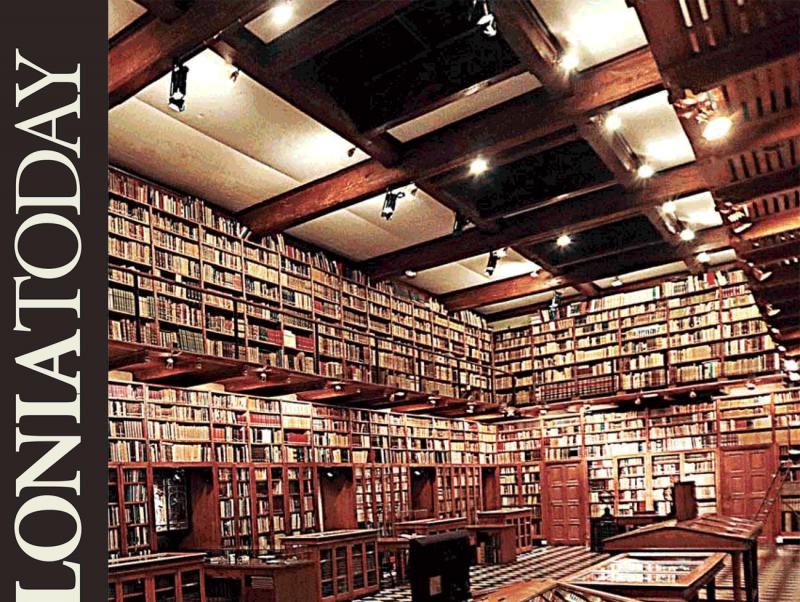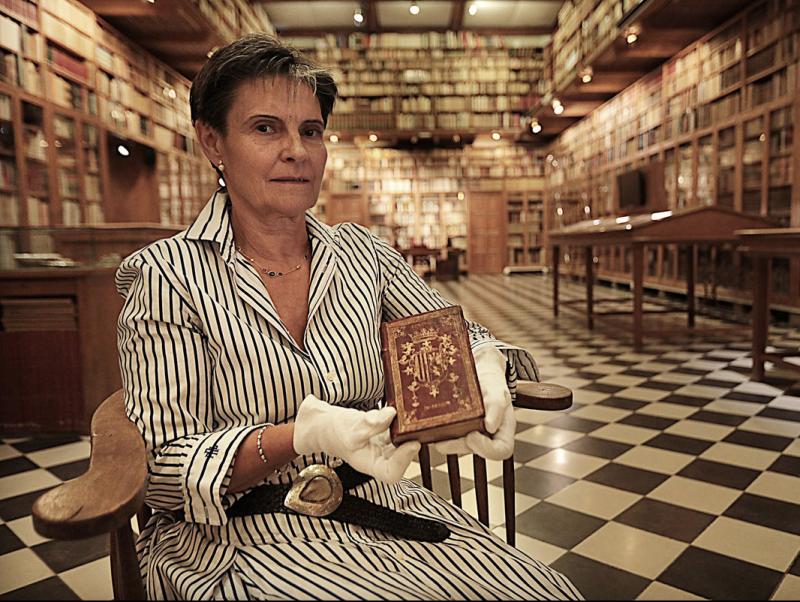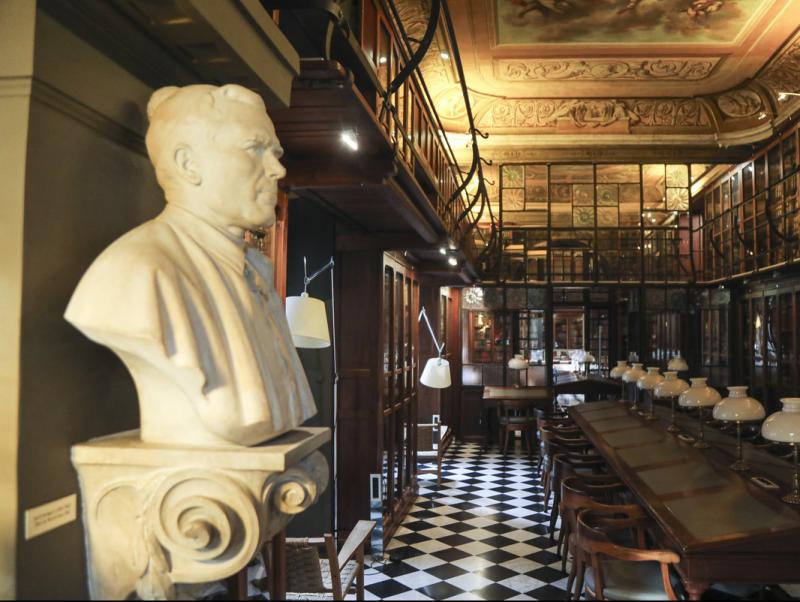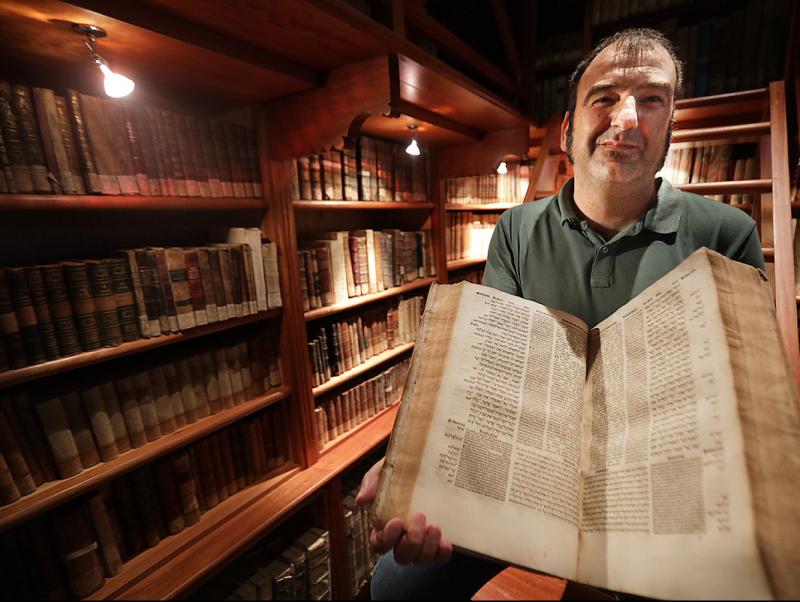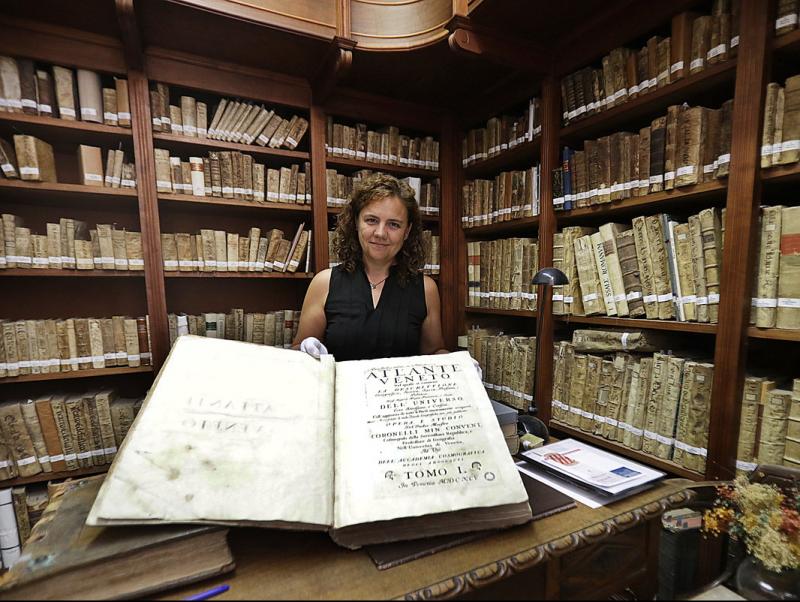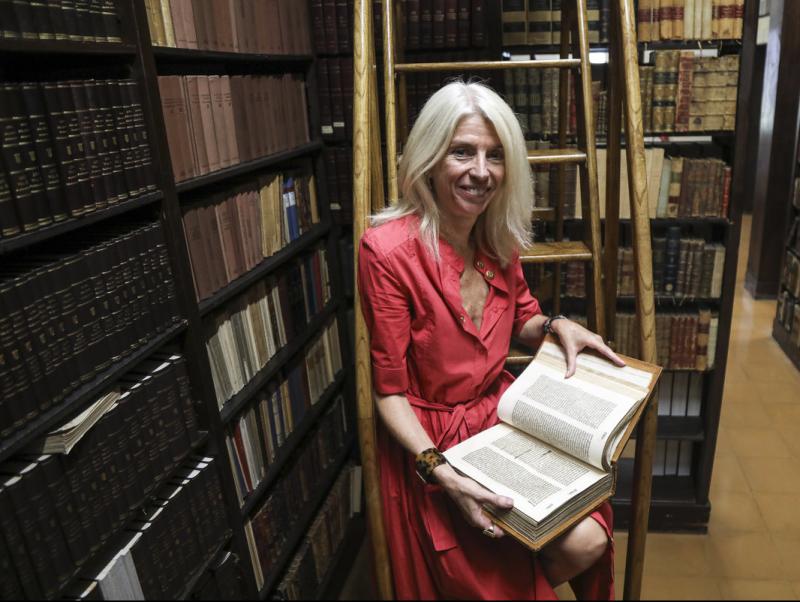MONTSERRAT ABBEY
Montserrat’s miracle
Most of the thousands of visitors to the monastery of Montserrat, one of Catalonia’s iconic landmarks, do not visit the abbey’s library in the cloister, most likely because they do not know it exists. Yet the library is one of the monastery’s most significant spaces and a testament to Montserrat’s role in Catalan culture and history.
The library’s book collection is something of a miracle in that it has survived in one form or another from the 11th century until today. The most tragic moment in the library’s long history occurred in 1811, during the Peninsular War, when the monastery was razed and its book collection dispersed. Little by little, however, the library was rebuilt and, under abbot Antoni M. Marcet (1878-1946), the library was restored and grew in only a few years from 15,000 to 150,000 volumes.
In the interwar period, from 1918 to 1936, it continued to grow, with the acquisition of entire collections from countries such as Germany, including the gem selected for us by librarian, Ángeles Rius. With the outbreak of the Civil War in 1936, the monks were forced to flee the monastery but the quick intervention by the Catalan government managed to safeguard the collection, while books from the Culture Militias or the Library Service of the Front from that period became part of the collection.
The library boasts a collection of some 330,000 books, 1,500 manuscripts, 400 pamphlets, 18,000 engravings and 3,800 16th-century works, an exceptional resource at the service of monks and scholars.
Monuments of Egypt and Ethiopia
Year: 1849-1859
Author: Karl Richard Lepsius
Printer: Nicolaische Buchhandlung (Berlin)
An expedition to Egypt
“Karl Richard Lepsius (Naumburg, Saxony-Anhalt, 1810-Berlin, 1884), Prussian linguist and librarian, was one of the first scholars and also one of the first Egyptologists to set down the guidelines and methodology of this science. Between the years 1842 and 1845 he carried out a scientific expedition to Egypt on behalf of the King of Prussia, Frederick William IV. He summarised the results of the expedition in the great work Denkmäler aus Ägypten und Äthiopien (Monuments from Egypt and Ethiopia). Swiss archeologist Édouard Naville was responsible for publishing the texts, while fellow Egyptologist Kurt Sethe was responsible for preparing them for publication, with the assistance of archeologist Ludwig Borchardt.”





